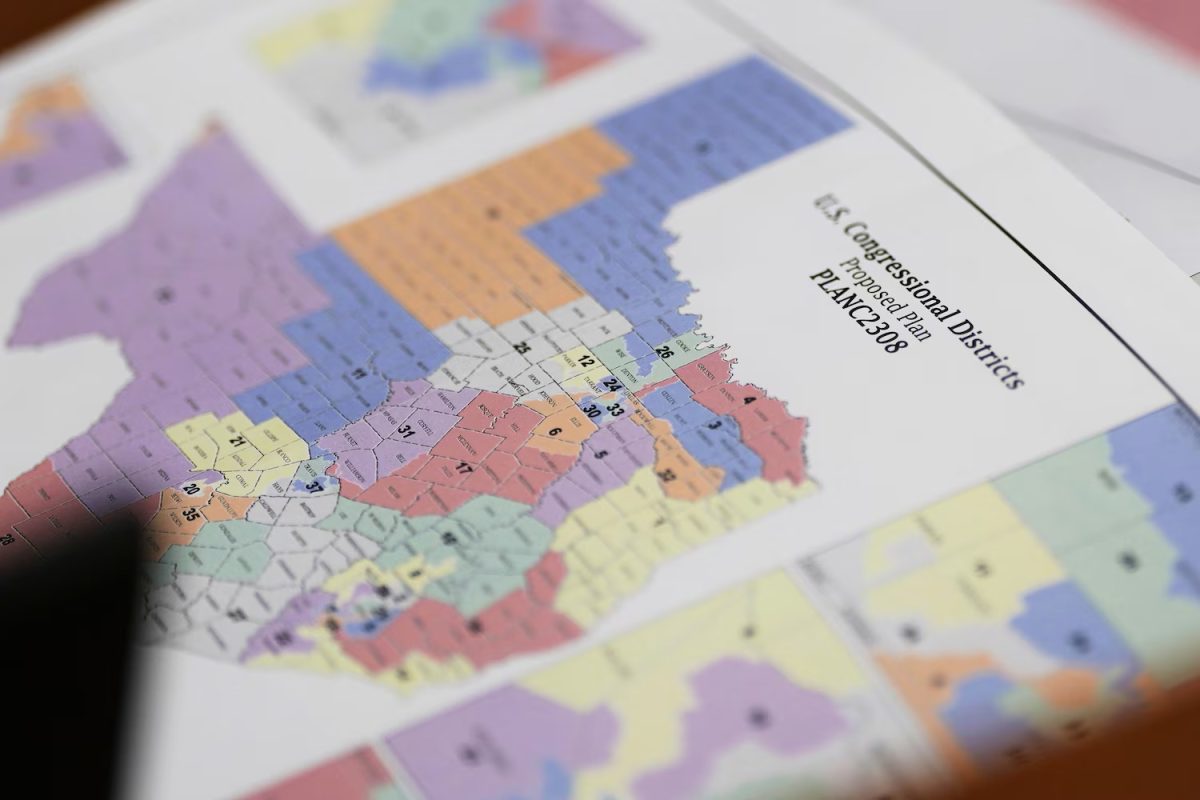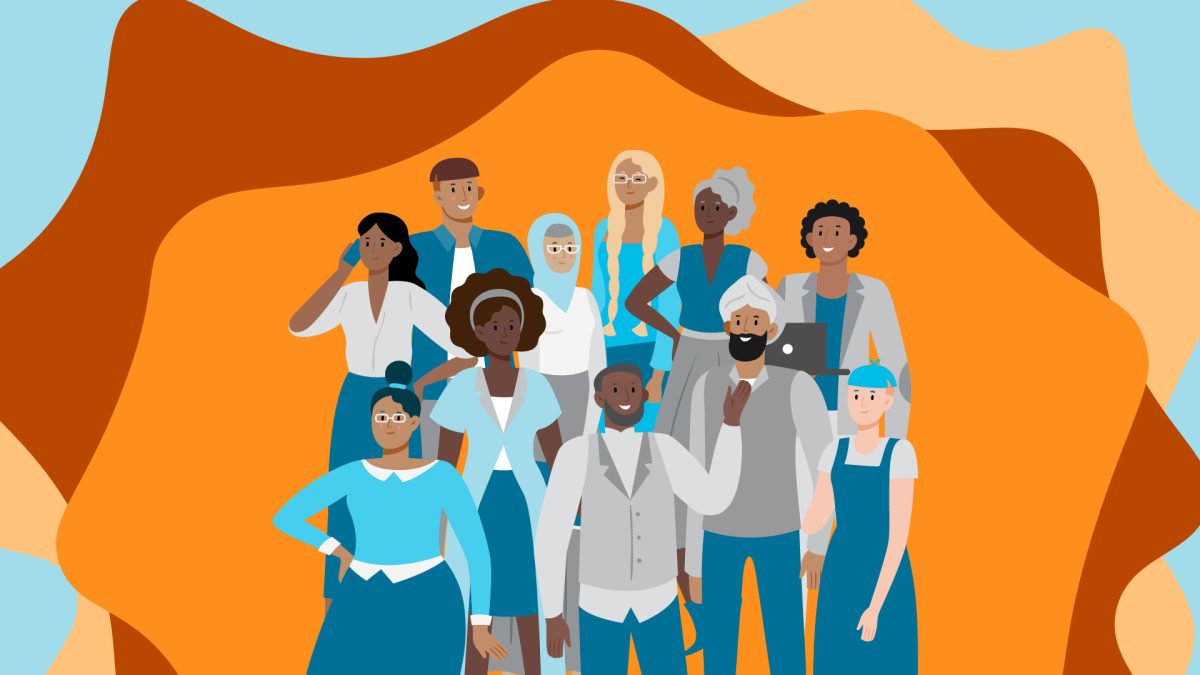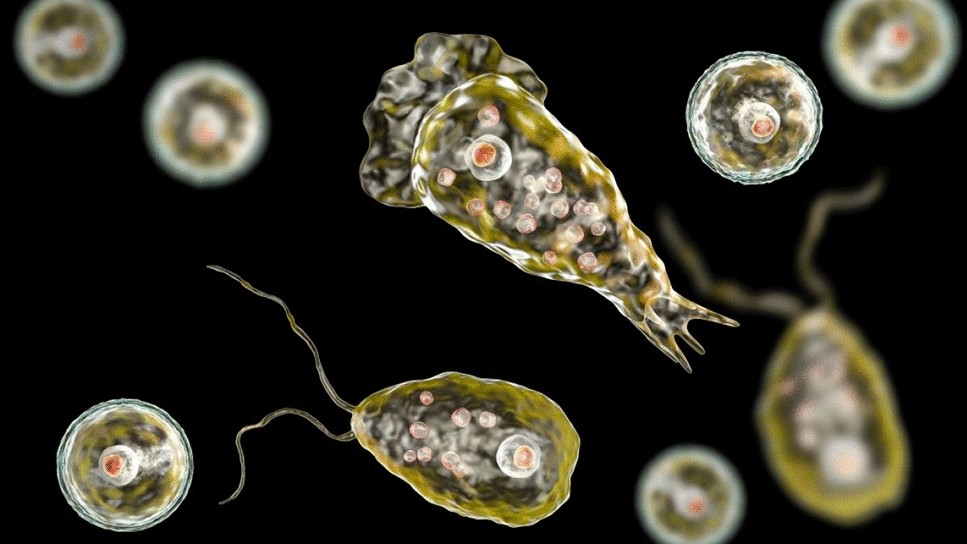California’s relationship with wildfires is nothing new, but the scale and intensity of recent fires paint a grim picture of what’s to come. The state’s unique geography, dry climate, and seasonal winds make it especially vulnerable to these natural disasters. Add climate change into the mix—hotter temperatures, prolonged droughts, and vegetation that’s practically firewood—and you have a recipe for catastrophe.
Two recent wildfires, the Palisades Fire and the Eaton Fire, are the latest examples of this worsening crisis, burning over 37,000 acres combined and tragically killing at least 28 people.
The Palisades Fire
The Palisades Fire broke out near the burn scars of another fire that had just occurred on New Year’s Day. While the exact cause is still unknown, many believe downed power lines—a common cause of California wildfires—may be to blame.
The spread of the fires in California can be attributed to the Santa Ana winds, powerful, hurricane-like gusts that result from high-pressure systems over Nevada and Utah colliding with the low costal pressure of California. In just three hours, the Palisades fire had doubled in size, tearing through the coastal Pacific Palisades neighborhood.
By the time the flames were contained, the Palisades Fire had burned 23,000 acres, displaced over 150,000 people, and threatened 10,000 homes—including the famous Getty Villa. It now stands as the second-largest fire in Southern California history.
The Eaton Fire
While the Palisades Fire spread near the coast, the Eaton Fire went through the foothills above Altadena. Believed to have been sparked by an electrical transmission tower, the fire rapidly spread through Eaton Canyon, destroying 7,000 structures and leaving 17 people dead.
With 14,000 acres burned, it became one of the most destructive fires Los Angeles has ever seen. The story here is a familiar one: dry vegetation, high winds, and aging infrastructure turning communities into ash and rubble.
Debate for Federal Relief
California doesn’t fight these fires alone. When wildfires break out, firefighters from across the country step in to help contain the flames. These out-of-state responders are funded through federal disaster relief programs. But now, Congress is debating cutting California’s access to these funds or attaching conditions to their use.
President Trump’s visit to the destruction of the fires increased this tension. He proposed tying federal aid to changes to the state’s water management policies and requiring IDs to vote, a move many argue was a slap in the face to first responders and fire victims alike.
What Comes Next
California’s wildfire crisis is no longer just about geography or bad luck—it’s a systemic issue exacerbated by climate change. The state must rethink its approach to wildfire prevention, from modernizing its power grid to investing in proactive measures like prescribed burns. This will take more than local efforts. Federal support is key to keeping communities safe and giving first responders the resources they need.
The flames may die out, but the scars they leave behind—on the land and the people—are lasting. The real challenge is whether California and the nation can adapt before the next spark ignites.













